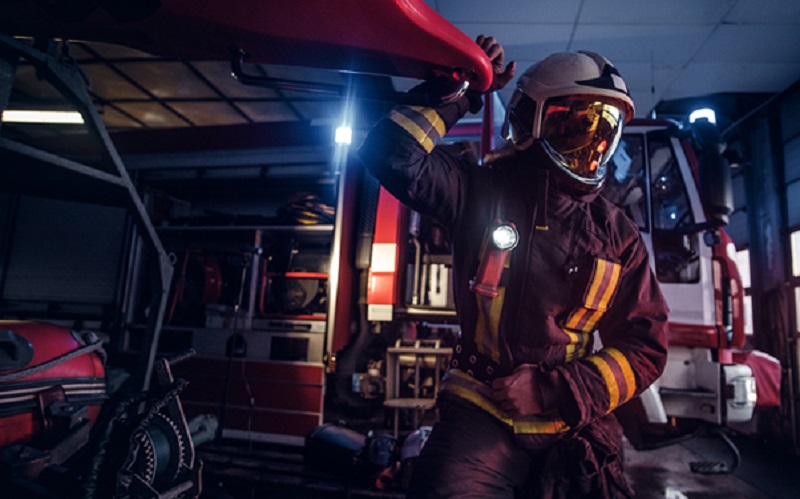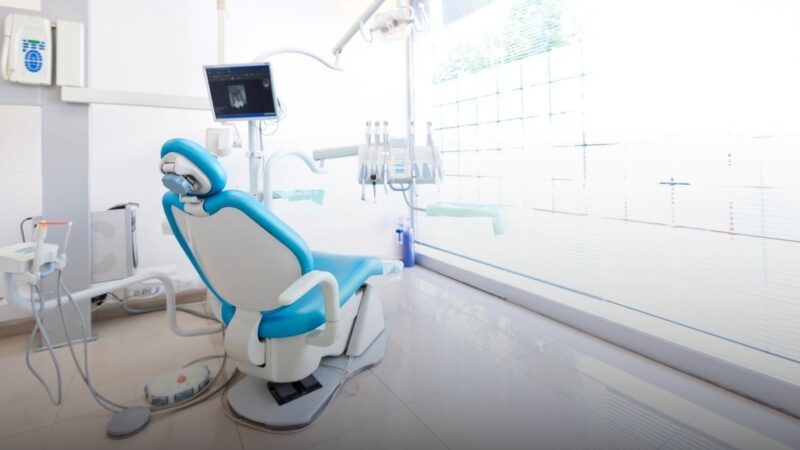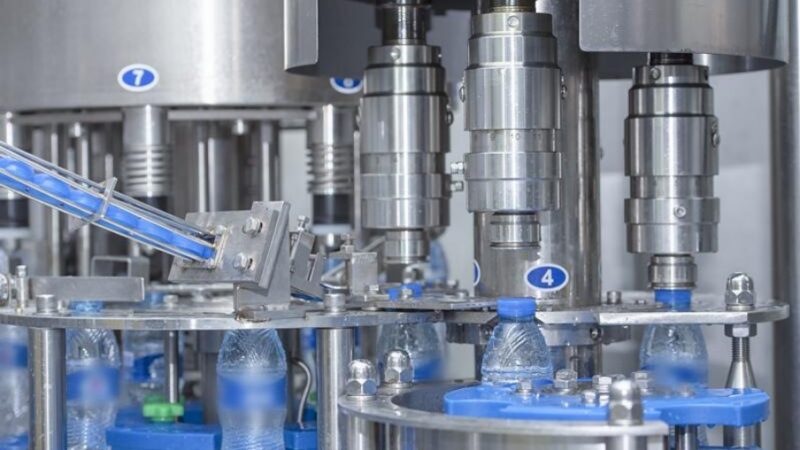SCBA and Respirator Mask: Safety Trends You Must Know

In industries where every breath counts, protection is both a precaution and a survival. Firefighters, chemical workers, and emergency responders rely on specialised equipment to shield themselves from invisible threats. At the heart of this defence are two vital tools: the SCBA (self-contained breathing apparatus) and the respirator mask. While they serve different contexts, both share a mission: keeping lungs safe under the toughest conditions. However, with the evolution of technologies, stricter regulations, and growing awareness, it’s worth examining how these essentials are performing under pressure, how processes are being streamlined, and what the past year has revealed about their use in Singapore and beyond.
The Demands of Hazardous Work
The environments where SCBA units and respirator mask systems are used are unforgiving. Firefighters entering smoke-filled buildings face toxic gases and oxygen-depleted air. Industrial workers in oil and gas, or those dealing with hazardous chemicals, encounter airborne contaminants invisible to the naked eye. In these contexts, protection is in the line between safe operations and life-threatening exposure.
The SCBA is designed for maximum independence. Unlike standard respirators that filter air, SCBA units carry their own compressed air supply, allowing wearers to operate safely in oxygen-deficient atmospheres. By contrast, a respirator mask, whether half-face or full-face, is ideal for filtering out particulates, vapours, and gases in areas where oxygen remains sufficient.
This environment also refers to the psychological stress workers face. The reliability of breathing equipment can directly impact decision-making under duress. Equipment failure or misuse can lead to accidents, highlighting the importance of regular maintenance, fit testing, and training. The stakes are high, which is why companies continue to invest heavily in equipment that withstands intense pressure.
Choosing and Maintaining the Right Gear
With such critical stakes, efficiency in selection and maintenance is crucial. Organisations are learning that a streamlined approach saves both time and lives. The first step is choosing the right equipment for the right job. While the SCBA provides unmatched safety in oxygen-poor conditions, it is bulkier and requires more training. A respirator mask is lighter, easier to use for longer durations, and more cost-effective, but only suitable in environments where oxygen levels are stable.
Streamlining also involves proper fit testing and training. A respirator mask that seals correctly offers a false sense of security. Similarly, SCBA equipment must be checked regularly for leaks, regulator function, and cylinder pressure. Many organisations now implement digital tracking systems to log maintenance schedules, ensuring no unit is overlooked.
Another way companies are simplifying processes is through the integration of equipment packages. Vendors increasingly offer kits that include face masks, filters, and storage systems, making procurement and usage more straightforward. In Singapore, respirator mask demand has grown in sectors like construction and healthcare, and SCBA remains vital for emergency services. Streamlining procurement and maintenance processes ensures these tools are available and reliable when it matters most.
What 2024 Taught Us About Safety
The past year offered insights into how SCBA and respirator technologies are being adopted in response to real-world challenges. For one, the COVID-19 pandemic reinforced the importance of respiratory protection, boosting awareness even outside industrial settings. While healthcare workers turned to respirator masks like N95S, industries reaffirmed the need for more advanced solutions.
In Singapore, stricter workplace safety standards pushed companies to re-evaluate their stock of protective equipment. Industries handling chemicals and confined-space operations increased investment in SCBA units, recognising their importance in preventing occupational accidents. Meanwhile, sectors such as construction and manufacturing leaned heavily on respirator mask solutions to manage dust, fumes, and other contaminants.
Globally, supply chain challenges highlighted the need for diverse sourcing of filters and components. Organisations began stockpiling essential gear, while regulators called for more transparency around certification standards. Another noteworthy development was the shift toward lighter, more ergonomic designs. Both SCBA and respirator manufacturers introduced models with improved comfort, encouraging longer wear times without compromising safety.
These trends reveal that the conversation around respiratory safety is evolving. It’s about compliance and creating a culture where equipment use is second nature, just like putting on a seatbelt.
Breathing Easy with Smarter Choices
Whether it’s the all-encompassing protection of an SCBA or the practical versatility of a respirator mask, the role of respiratory safety equipment cannot be overstated. These tools are lifelines for people working under the toughest conditions, offering both protection and peace of mind. Looking forward, the challenge lies in ensuring these tools are available and must be used correctly and consistently. From under-pressure environments to streamlined maintenance and lessons learned from the past year, the trajectory of respiratory protection is one of constant adaptation.
If your workplace involves hazardous air, don’t wait for an incident to rethink protection. Explore SafetySam today to ensure your team breathes safely every day.







